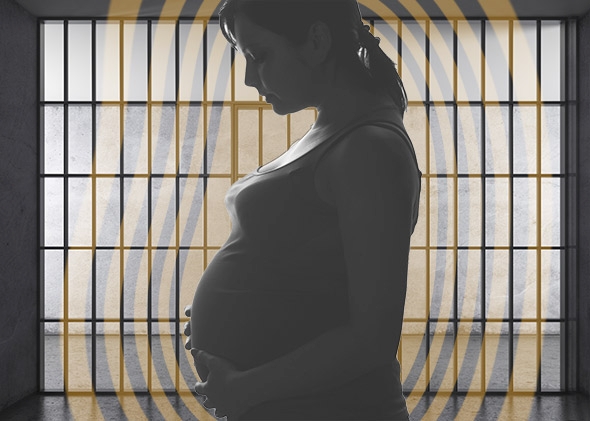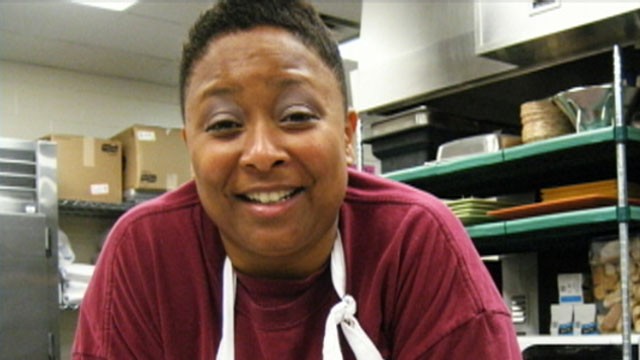
On Thursday, May 10, Indiana’s Governor Eric Holcomb received a bill, passed unanimously by both the Indiana House and Senate, concerning the “restraint of pregnant prisoners”. The Governor had until May 17 to sign the bill into law. He signed it immediately. The bill’s digest reads: “Restraint of pregnant inmates; pregnancy from certain sex offenses. Provides that a correctional facility, including a jail, shall: (1) use the least restrictive restraints necessary on a pregnant inmate when the pregnant inmate is in the second or third trimester of pregnancy; or (2) use no restraints on a pregnant inmate who is in labor, delivering a baby, during the immediate postdelivery period, or dealing with a medical emergency related to the pregnancy, with certain exceptions. Repeals the current statute concerning prenatal and postnatal care and treatment and incorporates it into the new chapter concerning pregnant inmates.” On Thursday, Indiana joins the District of Columbia, 31 states and the U.S. Federal government in limiting or banning the shackling of pregnant incarcerated people.
While this is welcome progress, the question of implementation and enforcement, not to mention why it’s taken this long and what’s going on with the remaining states, looms large, in at least two ways. “With certain exceptions” and enforcement, more generally.
Why do almost all the laws include exceptions? On one hand, it’s conceding to prison staffs and in particular prison staff unions. Who will decide that an exception is warranted? Again and again, we have seen doctors, nurses and other health providers object to the use of restraints on pregnant incarcerated people, and each time, the doctor was rebuffed by a member of the prison or jail staff. There simply is no reason to shackle or otherwise restrain a pregnant person, a person delivering a baby, in labor or immediately postdelivery. At a time when the use of shackles on juvenile incarcerated people and on incarcerated people in court is being debated and, in some places, banned, again `with certain exceptions’, it’s time to find more opportunities to codify “with no exceptions”.
This leads to the second issue, enforcement. Remember the case of Jane Doe, in New York, in 2018? In 2009, New York outlawed the use of physical restraints on pregnant women during labor and delivery. In 2015, New York outlawed the use of physical restraints on pregnant women during in-custody transportation and the eight-week postpartum recovery period. Despite nine years of having banned, “physical restraints” on pregnant women during labor and delivery, in February 2018, Jane Doe was forced to undergo labor and delivery while her ankles were shackled and her wrists were handcuffed to the bed. Who did this? The New York Police Department. Why? Because they could. Because she was already a Jane Doe, as far as they were concerned. That was February 2018. In December of that year, a second woman suffered the identical abuse. New York City settled with the second Jane Doe last year, four years later, for $750,000. The officers faced no discipline whatsoever.
In 2020, a woman was shackled in childbirth in Minnesota. Minnesota had passed its own anti-shackling and pregnancy needs laws in 2015. How many more times must we hear or read this story?
The history of shackling pregnant incarcerated people in the United States is the ongoing history of slavery. While we remove statues and rename schools and other institutions, we should end the shackling of all incarcerated people, beginning at the very least with pregnant incarcerated people. In 2011, Christina Kovatswas incarcerated. A week after her arrest, she discovered she was pregnant. She was shackled during and after delivery. As she explained to the Indiana legislators, “It’s the most painful and traumatic thing that I can recall. I had nightmares. I still do have nightmares.” Eleven years later, she still has nightmares.
How many more times must we hear or read similar accounts before we take real action? It’s time to bring slavery to an end. End the shackling of incarcerated pregnant people, end the shackling of all people. Do it without exceptions.

(by Dan Moshenberg
(Image Credit: Radical Doula) (Image Credit 2: New York Times / Andrea Dezsö)






